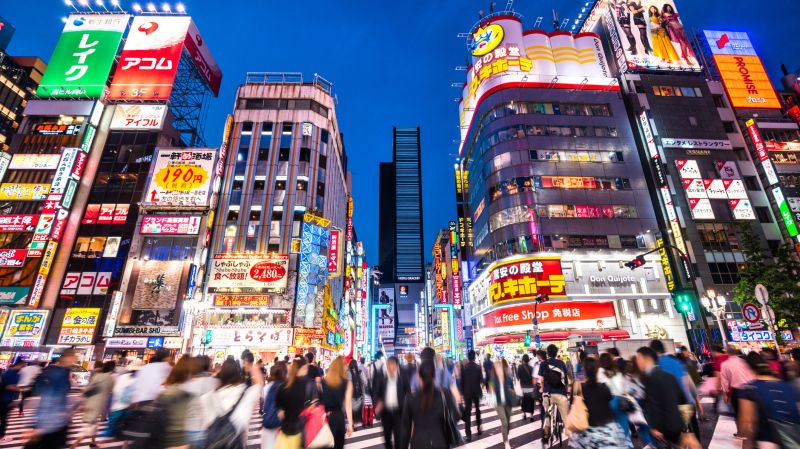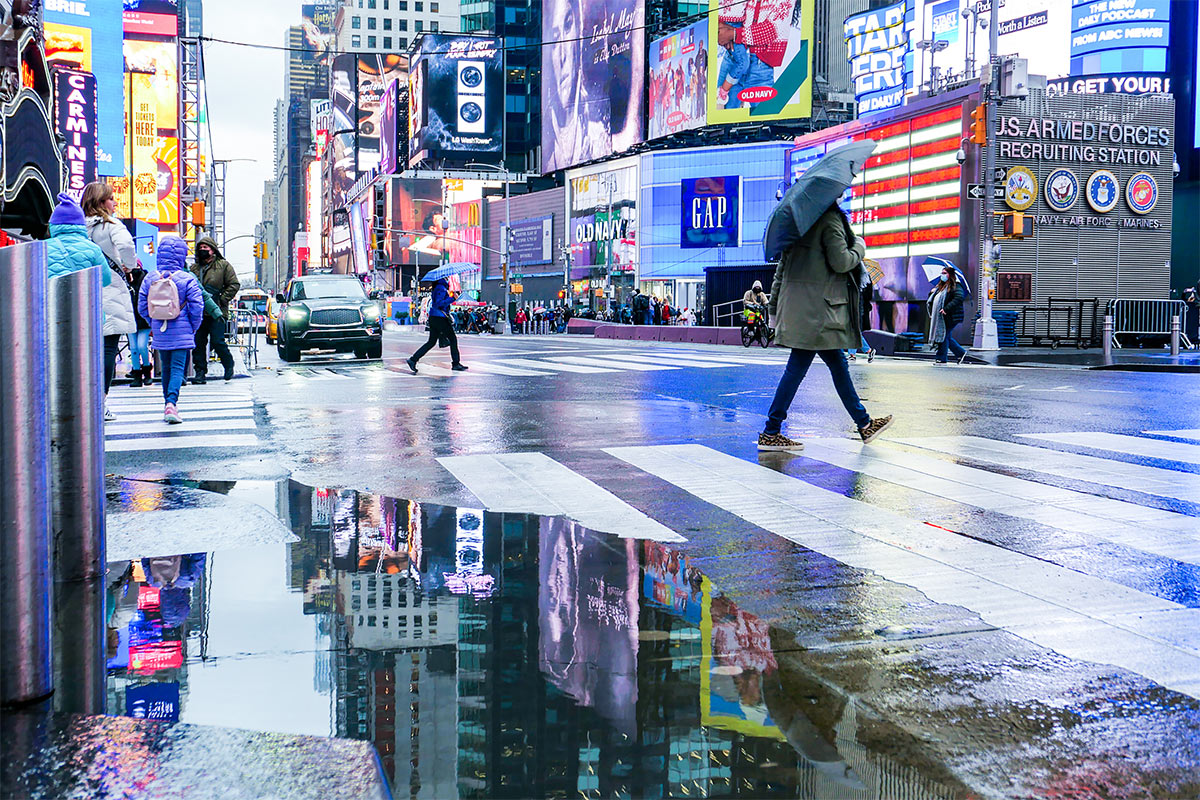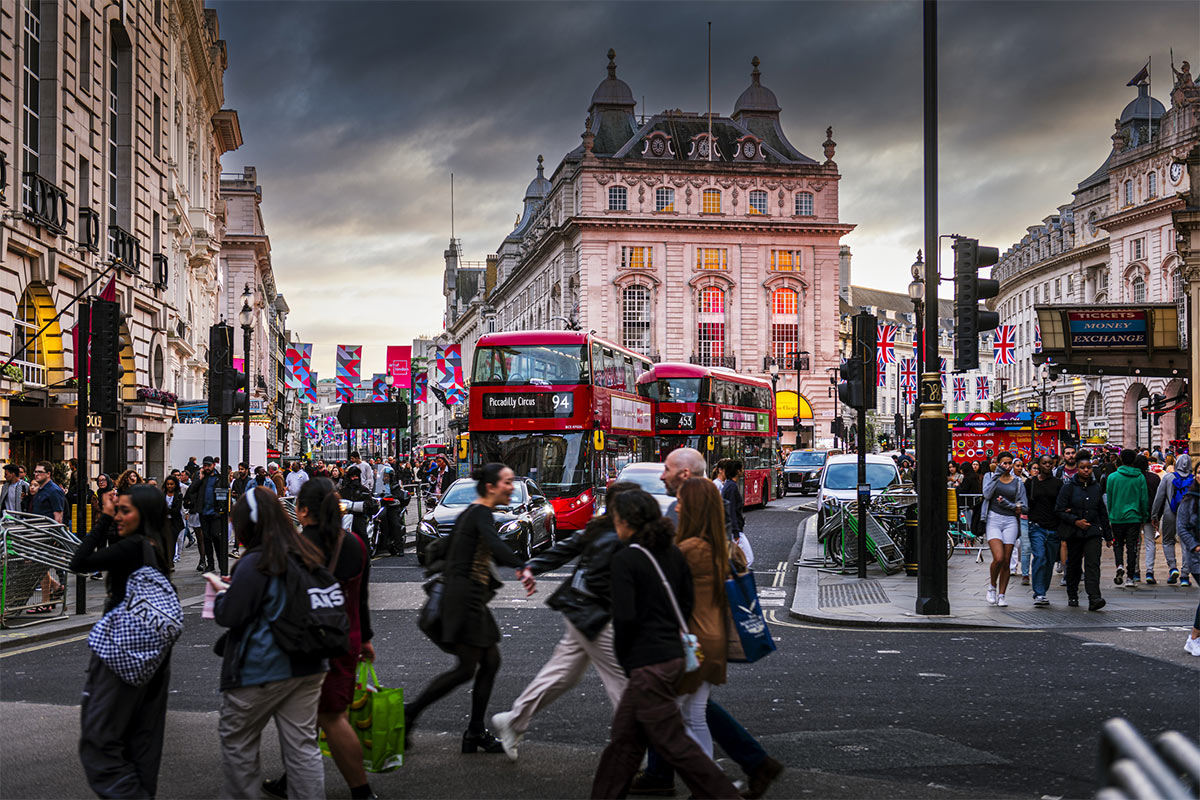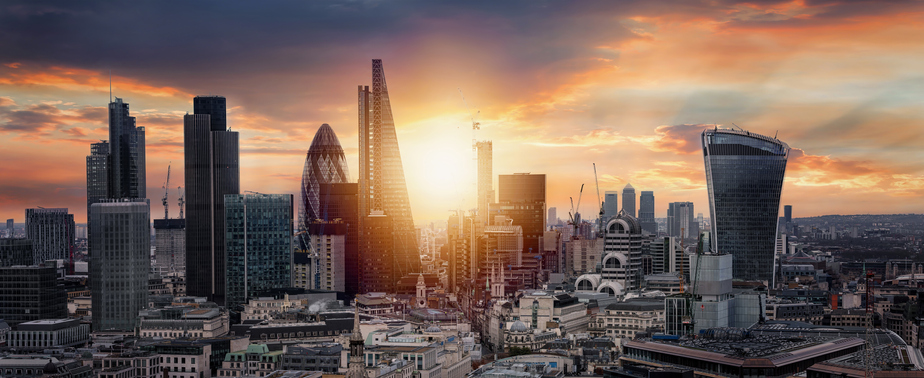Is the Global City Still Magnetic?
The pandemic and other shocks have dazed but not dimmed the world’s command-and-control centres

Ten years ago, Anthony Goerzen of Smith School of Business, with Christian Geisler Asmussen (Copenhagen Business School) and Bo Bernhard Nielsen (University of Sydney), introduced the concept of the global city to international business research. Their work won the Journal of International Business Studies Decade Award as the most influential article published in that period.
Goerzen and his colleagues observed that global cities, distinct from urban centres with huge populations, have a magnetic pull. For multinationals looking to establish a branch operation, these cities (think New York, London, Tokyo, Paris and Singapore) are irresistible because they hold three trump cards: global interconnectedness, cosmopolitanism and an abundance of advanced producer services (such as financial, legal, accounting, marketing and management consulting support.)
People once believed that globalization would mean the “death of distance”, that it wouldn’t matter where a business was located. But Goerzen argued that geography mattered more than ever. A decade and one pandemic later, has anything changed? In this email exchange with Smith Business Insight senior editor Alan Morantz, Goerzen discusses how well the concept of the global city has held up.
A lot has happened in the last 10 years. We experienced the ultimate global shock — the Covid pandemic — that triggered an exodus of knowledge workers from major urban centres. This has accelerated with technological advances and high housing costs. Do you still think hyper-connected metropolises have a magnetic power?
Global cities appear to have experienced a greater challenge as it relates to the Covid-19 pandemic due to their sheer size as well as some of their inherent characteristics. In fact, it appears that global cities were often the central conduit through which the virus was diffused within their respective countries.
This negative outcome is a direct effect of global hyperconnectivity, one of the key attributes of global cities. As a result, global cities were hit disproportionately hard by the pandemic as high-density activities, the movement of goods and the provision of services were severely curtailed.
However, emerging research appears to be showing that while the international connectivity of global cities was initially a point of vulnerability, this same attribute eventually returned as a strength once these cities learned how to manage the pandemic and the economic impacts. As a result, some of the strongest economic recoveries from the pandemic were by global cities.
Nonetheless, some changes to the character of global cities have been longer lasting. One such change has to do with the work-from-home and hybrid work trends embraced by many employers during the pandemic. So, while the character of global cities may have shifted, it appears that their magnetism to global economic activity will remain intact.

Recent research suggests that these cities are being hollowed out as high-skilled labour relocates to work remotely and middle-class residents are forced to move because they can no longer afford to live in these urban centres. So while investment by multinational firms undoubtedly has helped these global cities, is the emergence of this darker side forcing multinationals to re-assess their location and investment strategies?
The darker side you mentioned is still very much part of the equation that multinational corporations assess when considering their location strategies. Rising costs, congestion and crime are just some of the issues that weigh upon strategic location decision-makers. Further, strained infrastructure due to rapid urban population growth and the threat to resilience that this entails, rising need for resources such as water, food and energy, and questions relating to socio-economic inequality as gaps between haves and have-nots grow, are some of the additional challenges.
Current research, however, is showing that, at the same time, global cities are at the forefront of the greening of capitalism, including potential solutions to climate change, and they are leading the way on the smartification of cities and the Internet of Things that are leading to better, more efficient ways of high-density living. Taken together, global cities still seem to be the first choice for the majority of multinational corporations where they can find the elements they are looking for, which include modern communication and transportation infrastructure, advanced producer services and a cosmopolitan milieu.
You’ve made the case over the years for focusing on the city as an important unit of analysis to understand multinational behaviour and other issues. Urban planners certainly understand the importance of cities, but management experts have been slower to accept this perspective, preferring to focus on the nation as the all-important unit of analysis. What insights pop out when we focus on the global city that might get overlooked by a strictly nation-based analysis?
One of the fundamental insights in economic geography that has been bridged to management research is that location ultimately is a micro decision. That is, while managers may identify a particular country as being of strategic interest for a variety of market-seeking and/or asset-seeking reasons, the location decision ultimately focuses on a specific address.
We know that these micro-location decisions come with a variety of highly significant ramifications. Prior research has shown very convincingly that multinational corporations choose global cities because of their connectivity, availability of advanced technical services and their cosmopolitan atmosphere. Moreover, global cities are continuing to distinguish themselves as being the epicentres of new ideas and practices that encompass green and smart technologies. Not only are multinational corporations drawn to these economic, political and cultural hubs but a broad array of medium, small and micro-businesses also agglomerate to create a vibrant and dynamic ecosystem.

I noticed that you described global cities as cultural hubs. I wonder whether these global cities are becoming more culturally similar to other global cities and less culturally similar to cities in their own country. It’s the idea that hyperconnectivity shapes residents of global cities in similar ways. The other side is the question of whether global cities are becoming like nation-states within their national boundaries. Is there research to back this up or am I reading the tea leaves all wrong?
Yes, we do think that global cities are becoming more alike in many ways and, further, we believe that global cities are becoming less like their national compatriots, like cultural and economic islands.
More specifically, in the research we are currently working on we examine the concept of cosmopolitanism, and our preliminary findings are that many global cities are becoming more similar, especially in Europe but less so in Asia. One factor in this trend towards similarity is connectivity and the resulting flow of new ideas and products in and out, from one global city to another. The other has to do with some of the other key aspects of global cities, such as the extent and quality of infrastructure as well as the activities that go on within global cities that create a process of homogenization on a number of important dimensions, like education types and levels, income and spending patterns, as well as daily choices and concerns such as those relating to commuting and personal safety.
In other words, to understand modern globalization, at least for those industries relying on innovation, you must understand how multinationals have turned global cities into their command-and-control centres. With that in mind, what big questions will you and your colleagues in international business be working on in the years ahead?
I suggest that the relationship between global cities and multinational corporations is more symbiotic rather than hierarchical. That is, multinationals didn’t turn global cities into what they have become nor did global cities create multinationals but, rather, they have evolved together in a mutually reinforcing cycle of growth.

My colleagues and I who are interested in understanding the nature of globalization will continue to explore the changing characteristics of global cities and the ways in which they influence multinational corporations. Key questions for future research relate to how and why multinationals choose the ever-increasing number of global cities and, alternatively, how global cities can attract multinational investment.
Beyond these questions of organizational strategy and public policy, there are many questions that arise with respect to the ways in which global cities are laboratories at the forefront of social justice and socio-economic inequality, the smartening of cities and the ways in which technology can improve the quality of life, as well as the circular economy and the more efficient use of resources.